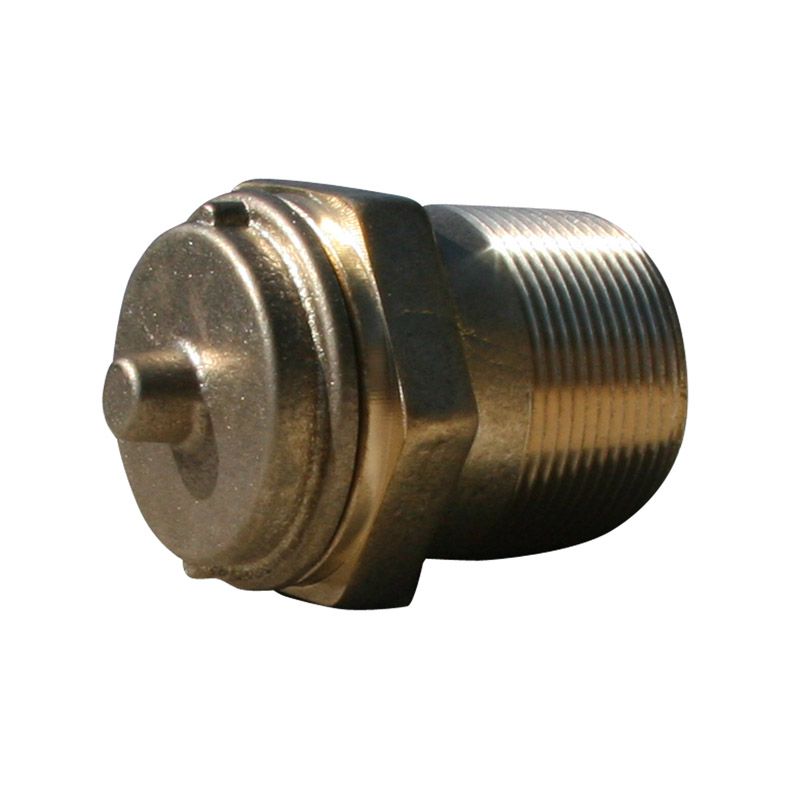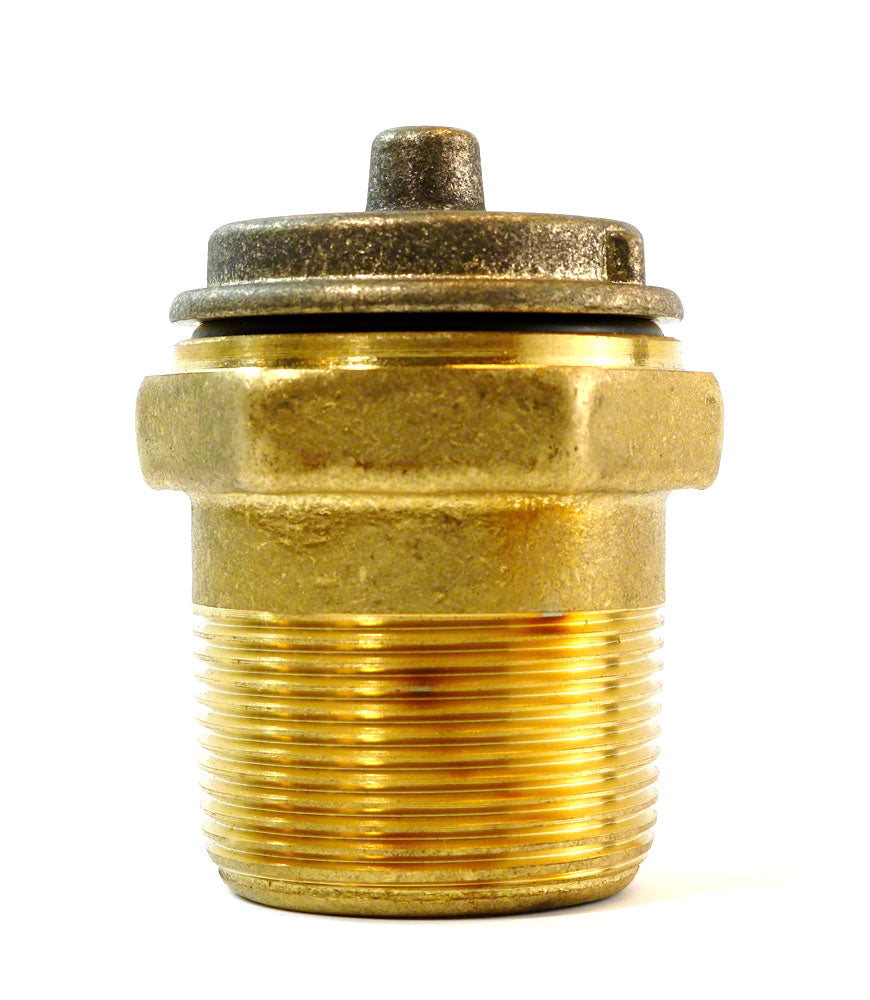Hi guys,
I'm new to this forum and having a terrible week pool wise. I'm hoping to get ideas and directions for how to DIY a repair as the local pool industry here is not very deep and is very busy.
I've got a shotcrete (smooth concrete) pool with a gunnite surround. It's about 40 years old and I've owned it for 10 years. It's not easy to maintain for a lot of reasons: difficult to cover, most plumbing runs tied together underground, aging equipment, no documentation, only 1 skimmer, etc.
But I got it up and running this season with a full drain and fill (uff) including some mild hydraulic cement patching and some power line repair. I was working on getting my clarity improved and thinking about things like a new robot when suddenly last Friday I started losing water. Now, 5 days later, I've lost 60" of water with the pump off after the first 6" of water loss. It may have slowed but I'm not convinced it's stopped yet. I'm 95% sure it's not a shell leak (too fast, too sudden, nothing looks like it could leak like that, I inspected it this year) so I'm going to proceed assuming it's a plumbing leak.
At this point, only the floor (main) return and floor suction ('main drain') are still under water (i.e. it kept losing water after the lights, return, skimmer, and vacuum port went high and dry).
Unfortunately, my skimmer and vacuum port run from near the surface down nearly 10' to tee into the main. I don't know if the wall returns do the same thing but it seems likely.
I have a little $40 wifi camera endoscope that won't turn corners mostly but is worth the $40 to inspect straight pipes. I used it to inspect the skimmer pipe to a 90 degree fitting probably right before it tees into the main drain (~10' underground, below the current water level) and everything looked ok. The vaccum port attaches to the bottom of the skimmer basket so it's not implicated. I'll try my little camera in floor return and suction if they become dry/mostly dry but there is still too much water to try that (the endoscope is waterproof, the little control box on the end isn't). Unfortunately, I can't camera the returns from the pump area because they make 90 degree tight elbow turns that the camera won't go around so I'll have to do some gunnite surround breaking and digging to get to the straighter section of the pipe (ie that's on the 'next' up list). [Dear installers: please think about using 45 degree fittings with a straight section between it so homeowners can camera their lines. Or sweep 90s.]
Now, to add to mysteries:
I had a handyman with good plumbing skills out recently for another project and asked him to repair an above ground break in the return for the returns (one common line). I think he may have wrenched on the return pipe to get thing lined up (dumb) as he said he though the return line had rotational freedom going into the ground. He said it felt like a threaded fitting that was loose (unlikely). If the break was 2' underground, I would probably blame him. But: a. there is this dogleg in the return line from the pump to where the big vertical drop is. Unless digging reveals that dogleg is very short (possible), I can't believe he could break the line 5' down even if he was trying. b. We didn't see a leak develop for a week after that work. (you'd think it would have begun immediately). c. we lost a piece of pvc underground (presumably tree roots) that contains the pump power and had to run a safe but temporary (fully conduited) above ground pvc run across the broken section to get the pump on this year. (Rebury planned for next spring) So I know underground damage, probably due to trees, is currently possible.
So I've got a leak at least 60" underground in the floor lines (which TBD). The local pool company doesn't perform underground repairs and the leak company didn't know anyone who did. This is how the labor market is in my area unfortunately. It's really bad in the general market and it's only worse in the pool labor market.
So I'm looking for ideas on how to identify the exact repair needed and how to perform that repair.
I'm currently planning on hand excavating to 48" (but hopefully less) in order to locate vertical pipe runs to put a camera down and to separate both the vacuum port and skimmer from the floor suction. I've dug in my soil to 48" before and it is very safe (lots of aggregate). Unfortunately, the equipment and plumbing is not located where an excavator machine could get access (smh). I will also separate the wall returns from the floor return if the opportunity arises. So hopefully, I end up with individual return runs to the surface and individual suction runs to the surface with glued caps where pipes were made non-common. All of that will make future maintenance easier but I doubt it will eliminate my massive leak.
After that, hopefully, I'll know whether the floor return or floor suction is the culprit. I'll call a camera or leak detection company if I can't identify.
But, I don't have a grand plan for how I get the main return or suction leak fixed once I find the deeper than 4' leak.
Seems like my choices are:
- disable the floor culprit (probably means adding either more skimmers or more wall return?) via a plug etc and disconnecting from other plumbing
- try one of those water distributed epoxy repair kits or hire someone who does that work (I'm not too optimistic on that option unless I get a good camera look at a hairline crack)
- go through the shell if it is under or at the edge of the pool (I bet it isn't so I won't try this without photo evidence)
- hire pro company to hand dig 10' (who??) (If I do this, do I have them install some kind of permanent access manhole thing??) (seems like a $5k-$15k solution)
- relocate the plumbing and pump to the other side of the pool so I can use an excavator (seems like a very expensive choice and still requires all the digging if I'm still going to have floor returns etc)
Should I sleeve the lines in larger pipes before reinstalling?
Should I upgrade 1.5" pipes that I find to 2"?
Should I use long sweeps instead of vent elbows to allow camera work?
Should I use schedule 80?
(Seems like yes, yes, yes, yes).
Anybody have other ideas? Suggestions? Stories? Pour a glass of scotch in your pool for mine?
I'm all ears.
I'm new to this forum and having a terrible week pool wise. I'm hoping to get ideas and directions for how to DIY a repair as the local pool industry here is not very deep and is very busy.
I've got a shotcrete (smooth concrete) pool with a gunnite surround. It's about 40 years old and I've owned it for 10 years. It's not easy to maintain for a lot of reasons: difficult to cover, most plumbing runs tied together underground, aging equipment, no documentation, only 1 skimmer, etc.
But I got it up and running this season with a full drain and fill (uff) including some mild hydraulic cement patching and some power line repair. I was working on getting my clarity improved and thinking about things like a new robot when suddenly last Friday I started losing water. Now, 5 days later, I've lost 60" of water with the pump off after the first 6" of water loss. It may have slowed but I'm not convinced it's stopped yet. I'm 95% sure it's not a shell leak (too fast, too sudden, nothing looks like it could leak like that, I inspected it this year) so I'm going to proceed assuming it's a plumbing leak.
At this point, only the floor (main) return and floor suction ('main drain') are still under water (i.e. it kept losing water after the lights, return, skimmer, and vacuum port went high and dry).
Unfortunately, my skimmer and vacuum port run from near the surface down nearly 10' to tee into the main. I don't know if the wall returns do the same thing but it seems likely.
I have a little $40 wifi camera endoscope that won't turn corners mostly but is worth the $40 to inspect straight pipes. I used it to inspect the skimmer pipe to a 90 degree fitting probably right before it tees into the main drain (~10' underground, below the current water level) and everything looked ok. The vaccum port attaches to the bottom of the skimmer basket so it's not implicated. I'll try my little camera in floor return and suction if they become dry/mostly dry but there is still too much water to try that (the endoscope is waterproof, the little control box on the end isn't). Unfortunately, I can't camera the returns from the pump area because they make 90 degree tight elbow turns that the camera won't go around so I'll have to do some gunnite surround breaking and digging to get to the straighter section of the pipe (ie that's on the 'next' up list). [Dear installers: please think about using 45 degree fittings with a straight section between it so homeowners can camera their lines. Or sweep 90s.]
Now, to add to mysteries:
I had a handyman with good plumbing skills out recently for another project and asked him to repair an above ground break in the return for the returns (one common line). I think he may have wrenched on the return pipe to get thing lined up (dumb) as he said he though the return line had rotational freedom going into the ground. He said it felt like a threaded fitting that was loose (unlikely). If the break was 2' underground, I would probably blame him. But: a. there is this dogleg in the return line from the pump to where the big vertical drop is. Unless digging reveals that dogleg is very short (possible), I can't believe he could break the line 5' down even if he was trying. b. We didn't see a leak develop for a week after that work. (you'd think it would have begun immediately). c. we lost a piece of pvc underground (presumably tree roots) that contains the pump power and had to run a safe but temporary (fully conduited) above ground pvc run across the broken section to get the pump on this year. (Rebury planned for next spring) So I know underground damage, probably due to trees, is currently possible.
So I've got a leak at least 60" underground in the floor lines (which TBD). The local pool company doesn't perform underground repairs and the leak company didn't know anyone who did. This is how the labor market is in my area unfortunately. It's really bad in the general market and it's only worse in the pool labor market.
So I'm looking for ideas on how to identify the exact repair needed and how to perform that repair.
I'm currently planning on hand excavating to 48" (but hopefully less) in order to locate vertical pipe runs to put a camera down and to separate both the vacuum port and skimmer from the floor suction. I've dug in my soil to 48" before and it is very safe (lots of aggregate). Unfortunately, the equipment and plumbing is not located where an excavator machine could get access (smh). I will also separate the wall returns from the floor return if the opportunity arises. So hopefully, I end up with individual return runs to the surface and individual suction runs to the surface with glued caps where pipes were made non-common. All of that will make future maintenance easier but I doubt it will eliminate my massive leak.
After that, hopefully, I'll know whether the floor return or floor suction is the culprit. I'll call a camera or leak detection company if I can't identify.
But, I don't have a grand plan for how I get the main return or suction leak fixed once I find the deeper than 4' leak.
Seems like my choices are:
- disable the floor culprit (probably means adding either more skimmers or more wall return?) via a plug etc and disconnecting from other plumbing
- try one of those water distributed epoxy repair kits or hire someone who does that work (I'm not too optimistic on that option unless I get a good camera look at a hairline crack)
- go through the shell if it is under or at the edge of the pool (I bet it isn't so I won't try this without photo evidence)
- hire pro company to hand dig 10' (who??) (If I do this, do I have them install some kind of permanent access manhole thing??) (seems like a $5k-$15k solution)
- relocate the plumbing and pump to the other side of the pool so I can use an excavator (seems like a very expensive choice and still requires all the digging if I'm still going to have floor returns etc)
Should I sleeve the lines in larger pipes before reinstalling?
Should I upgrade 1.5" pipes that I find to 2"?
Should I use long sweeps instead of vent elbows to allow camera work?
Should I use schedule 80?
(Seems like yes, yes, yes, yes).
Anybody have other ideas? Suggestions? Stories? Pour a glass of scotch in your pool for mine?
I'm all ears.





